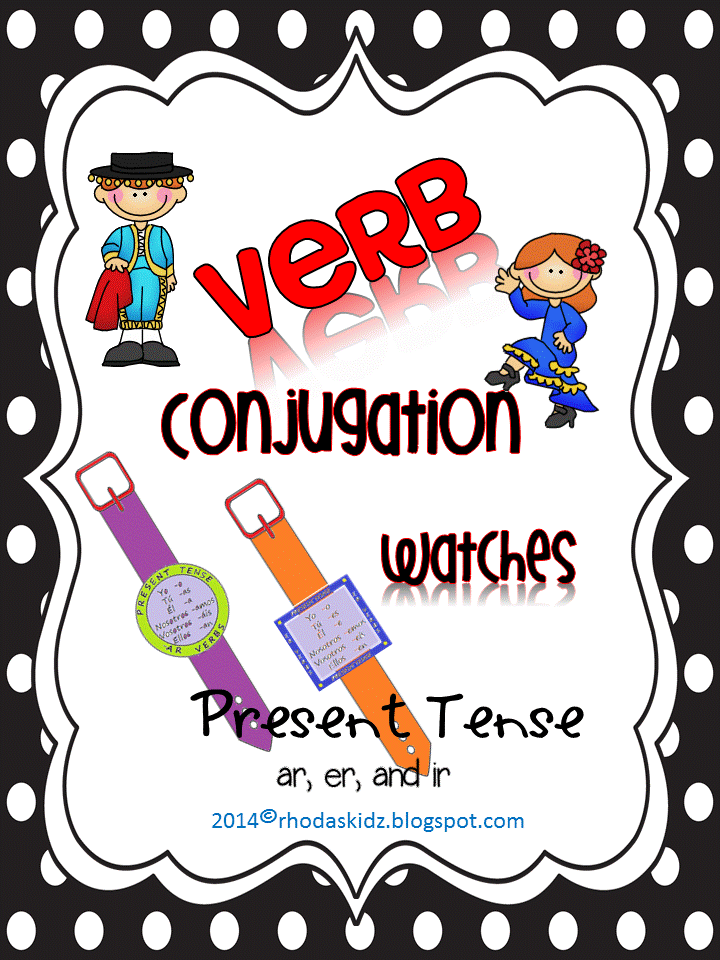
I hope everyone had a nice and restful Thanksgiving with family and friends.
I wanted to get back to blogging and share some materials I'm using in class to help my students develop vocabulary, phonemic awareness, and background knowledge about common words — many of our ELLs are familiar with the concepts of these words in their first language, but do not know the proper label in English.
These "Bingo and Concentration" units are for every letter of the alphabet. The first bundles are now available, keep an eye out for the rest, which are coming soon.
Students have the opportunity to master between 25 and 30 words per letter of the alphabet when they use this method. The bingo cards come in sets of 20, and there are three different sets to accommodate varying levels of language proficiency.
The
Blue Set (beginner level) reinforces beginning sounds and alphabet awareness, and is ideal for kindergarten. The
Green Set(middle level) is designed for emergent readers who are starting to associate objects with corresponding words. The
Red Set (advanced) is for students who have decoding abilities and are ready to practice their reading skills. I use these cards with the students in 2nd grade and above. At times, I have had the need to use a mix of the cards within a group because of the makeup of the group.
As a suggestion, you may want to print two cards per page, as the bingo cards are large.
The
Calling Cards also come in three unique sets. Select five cards from the set that you would like your students to practice. Place them in a basket, provide paper, pencils, and crayons, then ask your students to draw a picture of the word you've selected, label it, and color it. The word cards can be used at your drawing and writing center. (I print the picture cards on white card stock and the word cards on colored paper. The color difference makes it easier for the students to turn one word card and one image card together when playing concentration.)
The cards can be used in many other ways as well. Another suggestion is to match the picture to the card depicting its name. It can be done individually or two students can work together to accomplish this task.


In my classroom, I prefer the students use the pocket chart to match up the cards. It is easier for me to monitor the work from a distance when I am conducting reading groups with my other students.
Two to three students could work on this activity at a given time. I set up this activity by sorting 10-12 picture cards and their matching word cards and place them in a Ziploc bag. Then I ask for a volunteer to place the picture cards on the pocket chart. The student that is selected must say the name of the item depicted on the card as he or she inserts them in the pocket. If the student is unable to complete the task, another student takes over until all the pictures are arranged on the pocket chart.
Next, the word cards are shuffled and dealt among the players. Students will take turns matching the word next to the picture until all the cards are matched.
The Vocabulary Builder activities will provide students with the extra practice needed to master their basic vocabulary. Depending on the group I am working with, I use the cards as group activity or individual practice, in an as-needed basis. I keep a copy of each one of these pages in a sheet protector in the
"___letter" binder.
I place the worksheet in a basket next to the dry-erase markers.
(My students love these markers. The colors are bright and the built-in eraser is a plus).


Students have access to the picture cards if needed during the Vocabulary Builder activity. Depending on the student's level of proficiency, they may use the word cards or labeled picture cards.
If you would like to try some of these activities with your students click on the picture below and
visit my TPT store. There you will be able to download
Letter Aa Bingo and Concentration for free. This preview contains 15 cards per set (full sets are 20).
 I selected colors than were neutral, something that a boy or a girl could be happy with and not get tired.
I selected colors than were neutral, something that a boy or a girl could be happy with and not get tired.










.jpg)

.jpg)



















.JPG)
.JPG)
.JPG)
.JPG)


.JPG)



.JPG)
.JPG)
